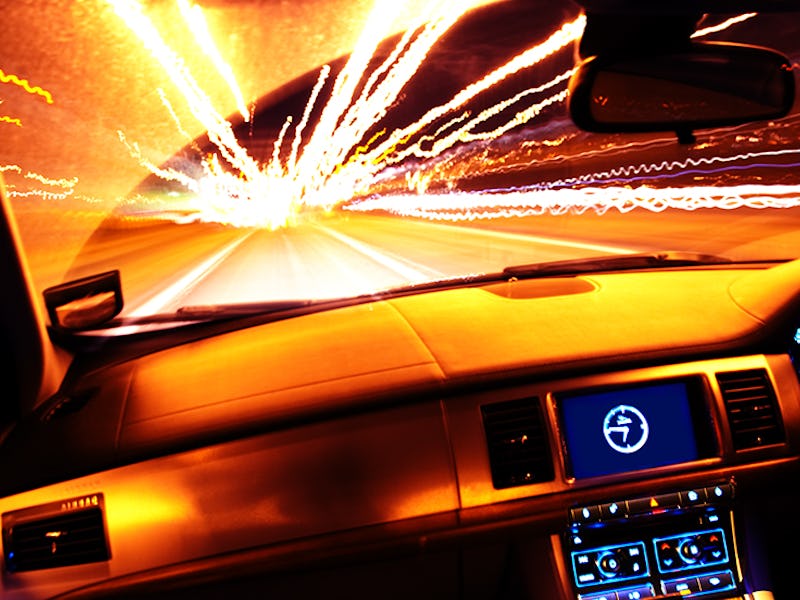Uber wants to end in-car motion sickness so people can work on other stuff inside autonomous cars. A patent published this month, entitled “sensory stimulation system for autonomous vehicles,” aims to use a combination of lights, vibrations and airflow to mitigate the effects of vehicle nausea.
“With the advent of autonomous vehicle technology, rider attention may be focused on alternative activities, such as work, socializing, reading, writing, task-based activities (e.g., organization, bill payments, online shopping, gameplay), and the like,” the patent reads. “As the [autonomous vehicle] travels along an inputted route, kinetosis (i.e., motion sickness) can result from the perception of motion by a rider not corresponding to the rider’s vestibular senses.”
The system would enable autonomous vehicles to host a wide range of tasks. An SMMT study showed how autonomous cars could enable passengers to take on more education, hopping in an autonomous vehicle while completing other daily tasks. Jeffrey Tumlin, director of strategy at Nelson/Nygaard, told Inverse last year that autonomous cars could enable businesses-on-wheels like stores and brothels.
In Uber’s patent, the car could control the position of the seats when turning to provide extra sensory stimulation and avoid sickness. The seats could also vibrate to signal that the car is stopping. These would be combined with light strips that indicate when the car is about to turn or stop.
Jets of air shot at the passenger’s legs, torso, arms or feet would also provide passive stimulation via the dashboard, floor or seats. For example, when the car is braking the airflow can switch from rearward to forwards to subtly alert the user to the change in motion.
Uber's Volvo vehicle.
The news comes just days after Uber announced a major deal with Volvo to supply 24,000 XC90-like autonomous sports utility vehicles on the road, with the first deliveries starting in 2019. The move is seen as a big moment in Uber’s ultimate plan to automate its ride-hailing business, and it could prove a decisive step forward in its ultimate goal.
“This new agreement puts us on a path towards mass produced self-driving vehicles at scale,” says Jeff Miller, head of auto alliances at Uber.
Uber will be free to add its own technologies on top of the base vehicles, allowing the company to include the sort of motion sickness technologies like the ones described above.
